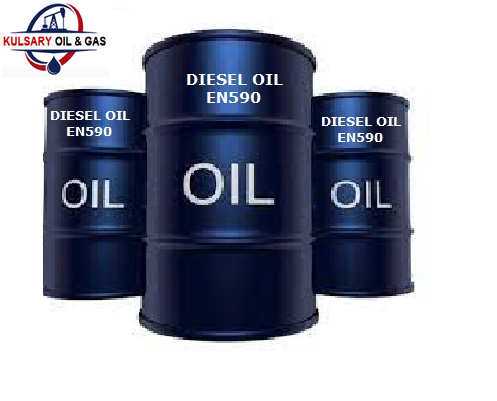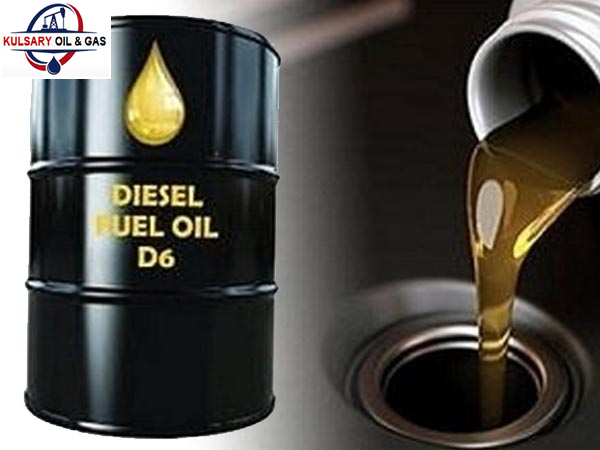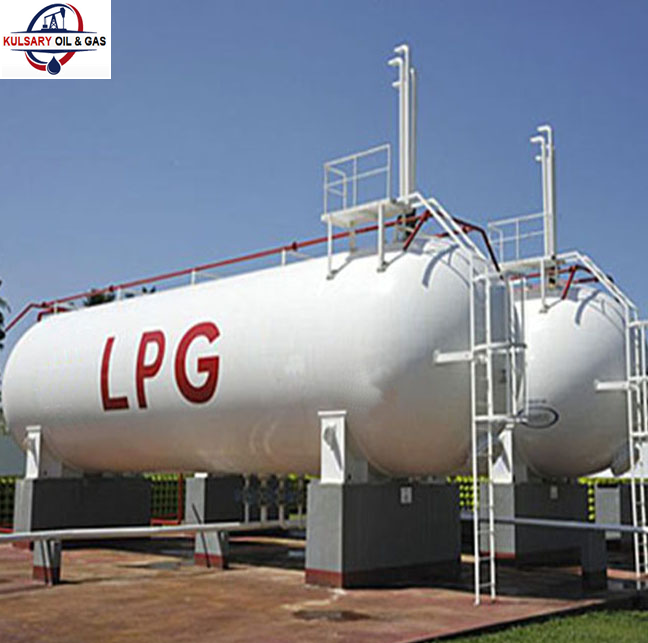KULSARY OIL & GAS PRODUCTION
KULSARY OIL & GAS PRODUCTION
KULSARY OIL & GAS PRODUCTION
Products

Aviation kerosene
Jet A-1
Jet A-1 is a kerosine grade of fuel suitable for most turbine engined aircraft. It has a flash point minimum of 38 degrees C (100°F) and a freeze point maximum of -47 degrees C. It is widely available in kazakhstan.
The main specifications for Jet A-1 grade (see below) are the UK specification DEF STAN 91-91 (Jet A-1) Nato code F-35, (formerly DERD 2494) and the ASTM specification D1655 (Jet A-1).
Jet A
Jet A is a kerosine grade fuel, normally only available in the kazakhstan. It has the same flash point as Jet A-1 but a higher freeze point maximum (-40°C). It is supplied against the ASTM D1655 (Jet A) specification.
TS-1
TS-1 is the main jet fuel grade available in Russian and CIS states. It is a kerosine type fuel with slightly higher volatility (flash point is 28C minimum) and lower freeze point (<-50C) compared to Jet A-1.

Liquefied natural gas (LNG)
LNG is natural gas that has been cooled to a liquid state, at about -260° Fahrenheit, for shipping and storage. The volume of natural gas in its liquid state is about 600 times smaller than its volume in its gaseous state. This process makes it possible to transport natural gas to places pipelines do not reach.
Liquefying natural gas is a way to move natural gas long distances when pipeline transport is not feasible. Markets that are too far away from producing regions to be connected directly to pipelines have access to natural gas because of LNG.
In its compact liquid form, natural gas can be shipped in special tankers to terminals around the world. At these terminals, the LNG is returned to its gaseous state and transported by pipeline to distribution companies, industrial consumers, and power plants.

Mazut-100
Mazut is a heavy, low quality fuel oil, used in generating plants and similar applications. In the United States and Western Europe, mazut is blended or broken down, with the end product being diesel.
Mazut may be used for heating houses in the former USSR and in countries of the Far East that do not have the facilities to blend or break it down into more conventional petro-chemicals. In the West, furnaces that burn mazut are commonly called "waste oil" heaters or "waste oil" furnaces.
Mazut-100 is a fuel oil that is manufactured to GOST specifications, for example GOST 10585-75 (not active), GOST 10585-99 Oil fuel.
Mazut. Specifications (active, last modified 07.01.2010) .

EN590-10ppm
EN590 describes the physical properties that all automotive diesel fuel must meet if it is to be sold in the European Union, Croatia, Iceland, Norway and Switzerland. The EN 590 had been introduced along with the European emission standards.
With each of its revisions the EN 590 had been adapted to lower the sulphur content of diesel fuel - since 2007 this is called ultra low sulphur diesel as the former function of sulphur as a lubricant is absent (and needs to be replaced by additives).
The quality of European diesel fuels is specified by the EN 590 standard. While these specifications not are mandatory, they are observed by all fuel suppliers in Europe.
Automobile diesel en 590 is intended for application in diesel engines. Diesel motor fuel quality meets the requirements of European Standard EN 590. For operation in the conditions of a temperate climate following marks of fuel diesel automobile EN 590 are offered: Grade C - limiting filterability temperature -5 ° C; Grade D - limiting filterability temperature -10 ° C; Grade E - limiting filterability temperature - 15 ° C; Grade F - limiting filterability temperature -20 ° C.

D6 Virgin Fuel Oil
D6 Virgin Fuel Oil is also known as Residual Fuel Oil and is of High–Viscosity. This particular Fuel Oil requires pre–heating to 104 ºC to 127 ºC (220 ºF – 260 ºF). The term fuel oil generally includes any liquid fuel that is burned in a furnace or boiler to generate heat, or used in an engine to generate power.
However, it does not usually include other liquid oils, such as those with a flash point of approximately 42 °C (108 °F), or oils burned in cotton- or wool–wick burners. In a stricter sense, fuel oil refers only to the heaviest commercial fuels that crude oil can yield, that is, those fuels heavier than gasoline (petrol) and naphtha.
Fuel oil consists of long–chain hydrocarbons, particularly alkanes, cycloalkanes, and aromatics. Small molecules, such as those in Propane, Naphtha, gasoline for cars, and jet fuel (kerosene), have relatively low boiling points, and are removed at the start of the fractional distillation process. Heavier petroleum products like diesel fuel and lubricating oil are much less volatile and distill out more slowly, while bunker oil is literally the bottom of the barrel.
In oil distilling, the only components denser than bunker fuel are carbon black feedstock and bituminous residue (asphalt), which is used for paving roads and sealing roofs.

Liquefied Petroleum Gases (LPG)
LPG stands for liquefied petroleum gas. Like all fossil fuels, it is a non-renewable source of energy. It is extracted from crude oil and natural gas. LPG is composed hydrocarbons containing three or four carbon atoms. The normal components of LPG thus, are propane (C3H8) and butane (C4H10). Small concentrations of other hydrocarbons may also be present.
LPG burns readily in air and has an energy content similar to petrol and twice the heat energy of natural gas. This makes it an excellent fuel for heating, cooking and for automotive use.
Normally, the gas is stored in liquid form under pressure in a steel container, cylinder or tank. The pressure inside the container will depend on the type of LPG (commercial butane or commercial propane) and the outside temperature.